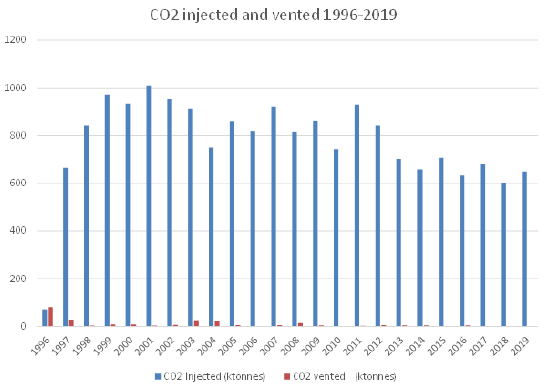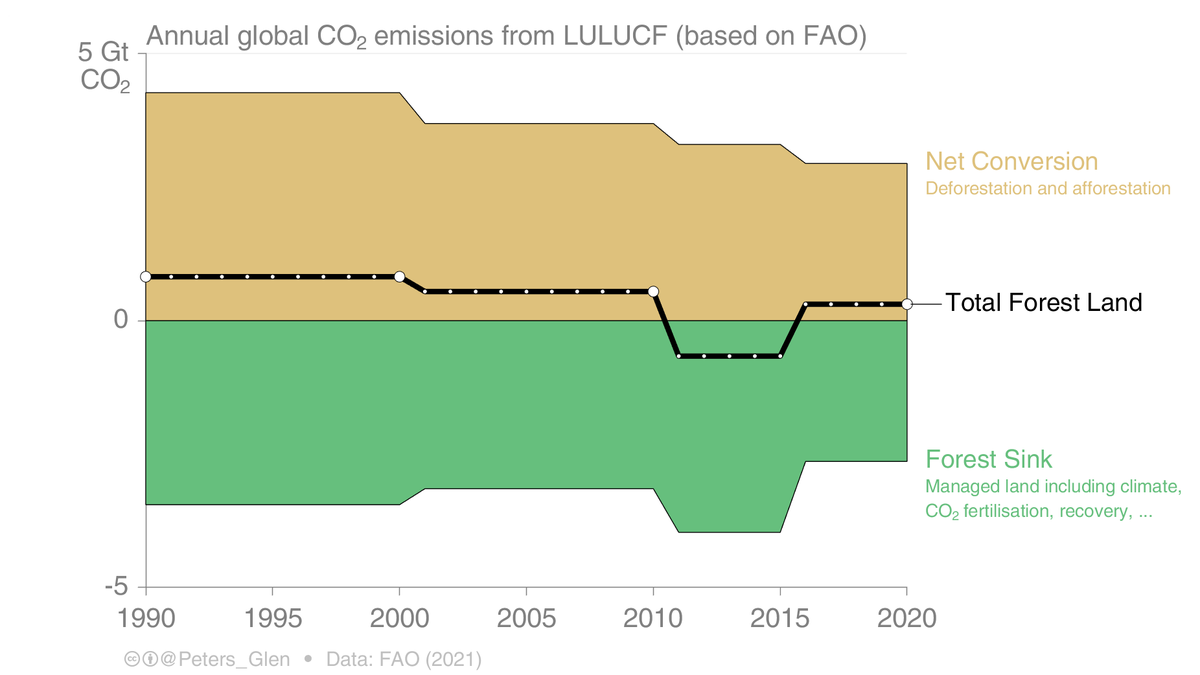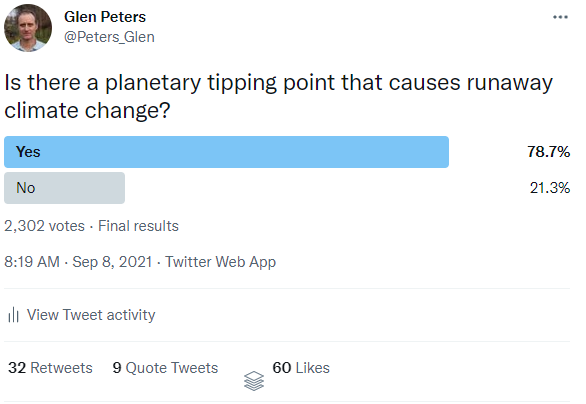
Norway is known for its Carbon Capture & Storage (CCS) & is best in class.
Even the best in class does not run at capacity. Currently ~80% of capacity is used, but Sleipner has dropped to ~65%.
But, Norwegian CCS is the easy type, removing CO₂ from extracted gas.
1/
Even the best in class does not run at capacity. Currently ~80% of capacity is used, but Sleipner has dropped to ~65%.
But, Norwegian CCS is the easy type, removing CO₂ from extracted gas.
1/

The extracted gas at Sleipner Vest contains ~9% CO₂, but has to be reduced to ~2.5% to meet sales specifications.
The extracted gas in the Snøhvit field contains ~5-7.5% CO₂, and this has to be removed to avoid it freezing out in the downstream liquefaction process.
2/
The extracted gas in the Snøhvit field contains ~5-7.5% CO₂, and this has to be removed to avoid it freezing out in the downstream liquefaction process.
2/
The CO₂ has to be removed for market or technical reasons. You would therefore expect the facilities to run at a high capacity, as they have to!
The CO₂ is captured & stored, presumably to avoid paying the Norwegian CO₂ tax. This is great, but a different issue.
3/
The CO₂ is captured & stored, presumably to avoid paying the Norwegian CO₂ tax. This is great, but a different issue.
3/
Nearly all the CO₂ captured in Norway is stored, very little is vented. Venting has only really occurred in the start up phase.
These data from the Norwegian National Inventory Report sent to the UNFCCC.
4/

These data from the Norwegian National Inventory Report sent to the UNFCCC.
4/


People often refer to CO₂ capture 𝗰𝗮𝗽𝗮𝗰𝗶𝘁𝘆 as the storage, but it is unlikely that many facilities will run at (or near) capacity.
Most facilities these days are Enhanced Oil Recovery (EOR), so not need to capture if CO₂ not needed & stored CO₂ produces more CO₂.
5/
Most facilities these days are Enhanced Oil Recovery (EOR), so not need to capture if CO₂ not needed & stored CO₂ produces more CO₂.
5/
Don't forget, facilities have downtime for a range of operational reasons.
Outside of the very unique Norwegian experience, you would not expect storage to equate to capacity.
Strongly regulated Norway get 80% utilisation, not 90-95% assumed by many studies on CCS.
6/
Outside of the very unique Norwegian experience, you would not expect storage to equate to capacity.
Strongly regulated Norway get 80% utilisation, not 90-95% assumed by many studies on CCS.
6/
Also important to put the CCS in perspective. Norway has a very high Capture & Storage, even relative to Norwegian oil & gas operation emissions.
Current global fossil CO₂ emissions are 36,000MtCO₂ /yr, compared to Norway's CCS of 1.5CO₂/yr (0.004%).
7/7
Current global fossil CO₂ emissions are 36,000MtCO₂ /yr, compared to Norway's CCS of 1.5CO₂/yr (0.004%).
7/7

Nearly all the CO₂ that is permanently stored is in Norway, the vast majority of "storage" outside of Norway is for EOR.
I think statements like this "have safely captured & stored 300MtCO₂" are misleading.
@GlobalCCS, how is the 300Mt estimated?
sciencedirect.com/science/articl…
I think statements like this "have safely captured & stored 300MtCO₂" are misleading.
@GlobalCCS, how is the 300Mt estimated?
sciencedirect.com/science/articl…

• • •
Missing some Tweet in this thread? You can try to
force a refresh










